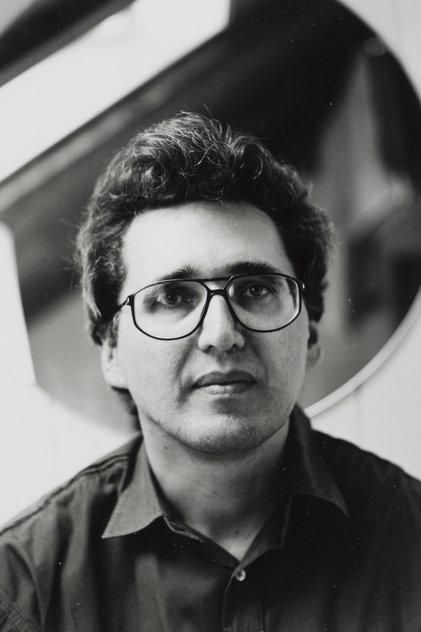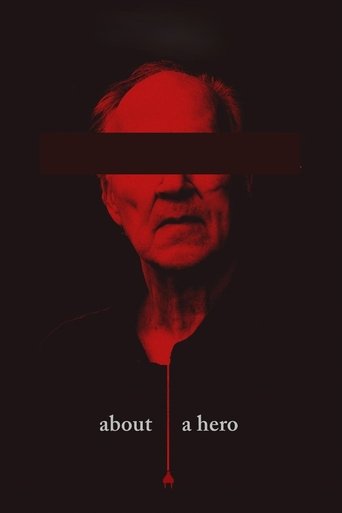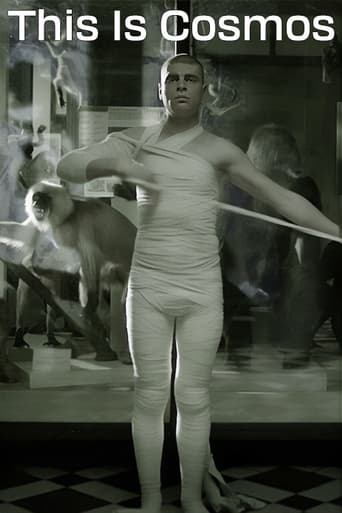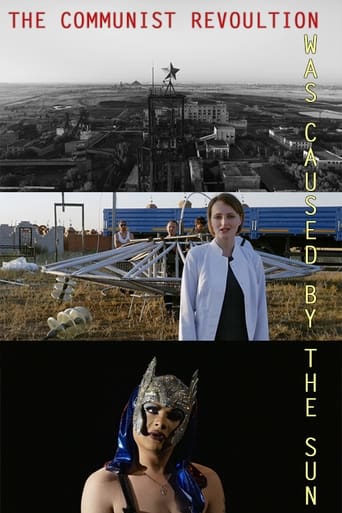
Boris Groys
Boris Efimovich Groys (born 19 March 1947 in Berlin, Germany) is an art critic, media theorist, and philosopher. He is a professor of Russian and Slavic Studies at New York University and senior research fellow at the Academy of Design in Karlsruhe, Germany. He has been a professor ofAesthetics, Art History, and Media Theory at the Academy of Design/Center for Art and Media Technology (HfG/ZKM) in Karlsruhe, Germany and a visiting professor at a number of universities in the United States and Europe, including the University of Pennsylvania and the University of Southern California.
- Title: Boris Groys
- Popularity: 0.0286
- Known For: Acting
- Birthday:
- Place of Birth:
- Homepage:
- Also Known As:







